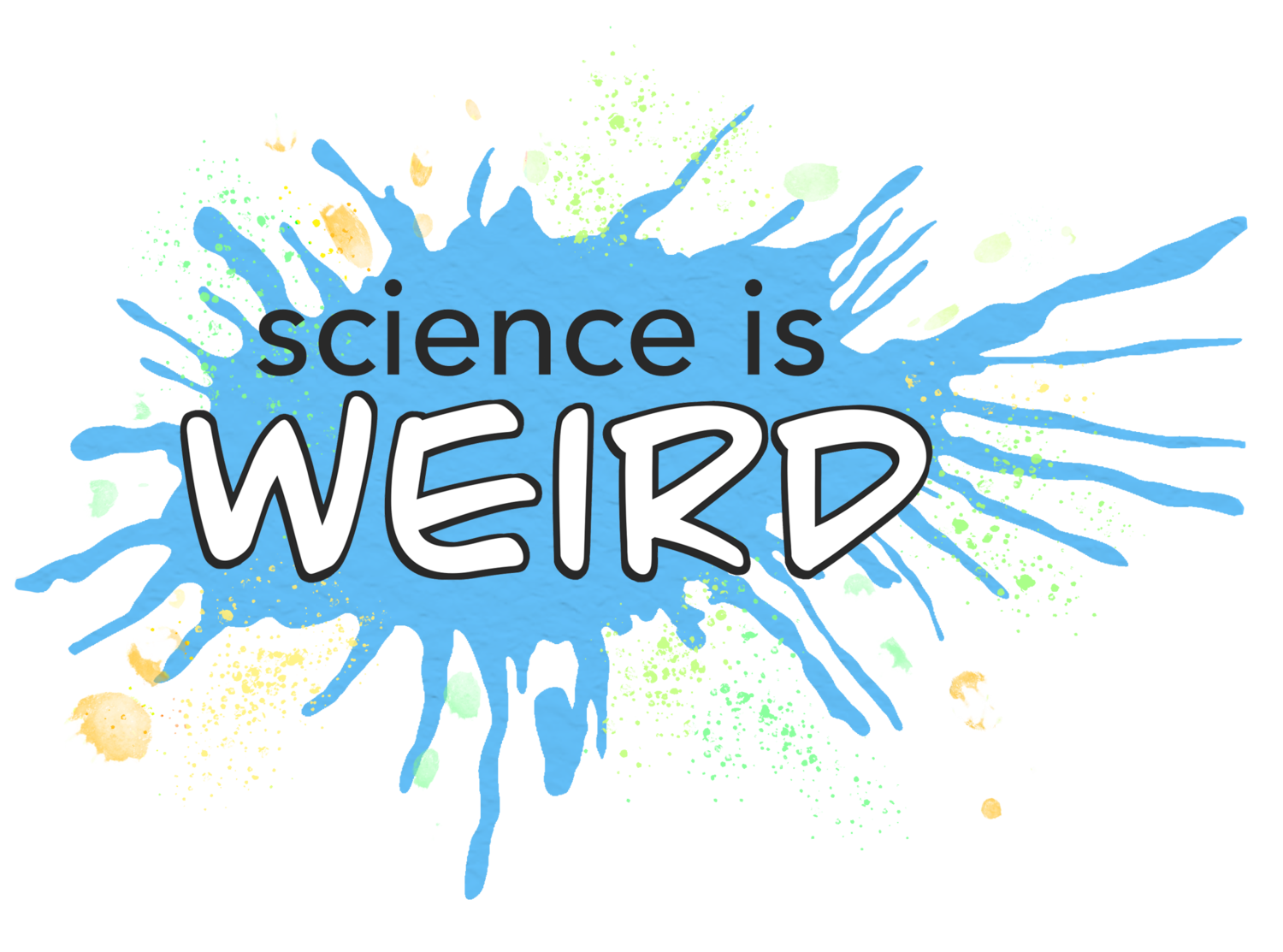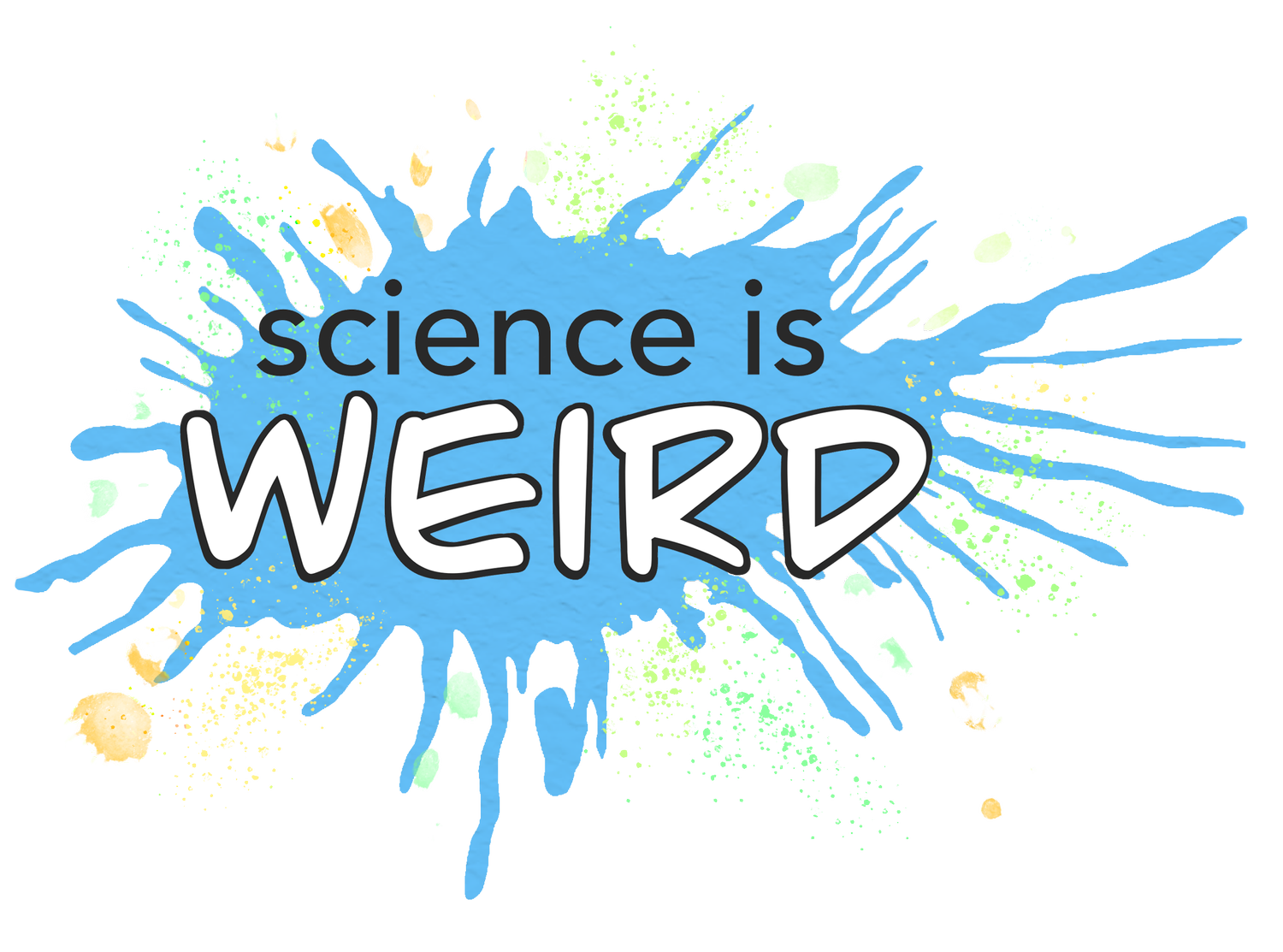How we teach science
Our crazy idea
Every startup needs a crazy idea. What’s ours?
Something new is possible in science education — something that wasn’t possible even a little while ago.
We think kids can learn to really see the world from the atoms on up. They can understand the big picture — how Life, the Universe, and Everything fit together. At present, this is something that…
a few people learn when they’re in college, and
most people never learn.
We think this is something that nearly every kid in the world is now able to achieve.
How? One-half our answer is below. (For the other half, see “Our approach to everything”)
The biggest idea in science
Richard Feynman is famous for a lot of things.
Feynman founded quantum electrodynamics. He helped build the atomic bomb. He ran with the bulls in Spain, became known as the funniest man in physics, and (near the end of his life) outfoxed the NASA bureaucracy to uncover the truth of why the space shuttle Challenge exploded.
(You don’t believe us? Dude’s Wikipedia page is impressive.)
But we love him most for the lectures he gave to freshmen at Caltech.
In 1961, the physics department at the California Institute of Technology recognized its curriculum was too “jumbly” — a mess of ideas that didn’t fit together. They asked Richard Feynman to reboot it.
Feynman jumped at the chance. He agreed to teach it as a series of lectures, but just once.
But how should he start it off? With the most fundamental, most powerful idea in all of science:
“All things are made of atoms — little particles that move around in perpetual motion, attracting each other when they are a little distance apart, but repelling upon being squeezed into one another.”
“In that one sentence,” he continued, “there is an enormous amount of information about the world, if just a little imagination and thinking are applied.”
Feynman rebuilt how college students learned physics on the fundamental idea of all science. From this one idea, he built an understanding of phenomena like sound, light, Newton’s laws of motion, Maxwell’s electromagnetism, Einstein’s relativity, and quantum theory.
Not bad, for one class.
Bigger than physics
Physics is just the beginning.
Want to know a strange fact about the Universe, one that scientists have only known for a century? It’s only a few levels deep.
Atoms make molecules.
Molecules make cells.
Cells make organs.
And organs make plants & animals.
The sciences stack together, like levels in a tower. As you walk down the stairs in the tower, what you’re studying gets smaller and smaller — which is why, when we want to explain how something works, we look to see what it’s made of. When someone asks “why”, the answer is typically found in the floor below.
Everything fits together — thesis the crowning achievement of hundreds of years of scientific investigation. The world actually makes sense — and we can make understand most of it!
Feynman helped college students understand physics in profound depth. He did it mathematically.
We think the same thing is possible — not mathematically, but for all kids everywhere, and for all the sciences.
Why don’t schools already do this?
Usually, science classes jump between levels haphazardly. Here’s an example order taken from a California state standard:
the web of life
stars
the layers of the Earth
pollution
There’s no logic to an order like this. Worse still, physics & chemistry — the most fundamental levels — are put off. (Most students don’t get the chance to understand atoms & molecules until high school.)
Worst of all, there’s no attempt to put these pieces together into a big picture of the Universe.
This isn’t the fault of teachers; it’s the fault of history. When modern schools were being created back in the early 1900s, the tower of science was still under construction. No one knew the age of the Earth, much less the story of the Universe. DNA hadn’t been discovered. Relativity & quantum mechanics weren’t even dreamt of — even atoms were still a theory!
When our curriculum was invented, we didn’t know the big picture.
Without the big picture in place, “doing science” had to mean memorizing details.
A new kind of science class
When we started Science is WEIRD, we asked ourselves what science education could look like if it were based on modern scientific understanding.
What would happen if we explored the world from the atoms on up?
What we’ve found is that science is simpler — simple enough that we can help kids understand some very complex ideas.
Because, of course, kids are brilliant.
We help kids know and experience more by building our year-long courses as climbs up the tower.
In physics, we focus on atoms (and things smaller than atoms).
In chemistry, we see how atoms make molecules.
In anatomy, we see how those molecules make cells which make organs.
In Earth science, we see how those atoms & molecules make some of the world’s biggest things — the sky, tectonic plates, continents, and hills.
“Children are no less intelligent than adults; they simply have less experience and know less.”
In biology we see how cells make some of the “simpler” life — viruses, bacteria, plants, and fungi.
And in zoology we see how cells and organs make the most complex things of all — animals.
Each year, kids get the chance to see how all the levels fit together.
The other half
Before a few decades ago, scientists simply didn’t know enough to help students clearly see the world.
Now they do. And that means that a new kind of science class is possible.
But it takes more than clear scientific knowledge to teach kids — we need a method to help them really understand it, and care about it, and want to learn more.
For that, we needed a brand new way to understand how learning really works — which only came in the late 1990s.







